Lemon confit is a method for preserving lemons or limes when they are in season. Bonus: it completely transforms the fruits into a delicacy!

This post contains affiliate links. As an Amazon affiliate, I make a small commission at no extra cost to you if you make a qualifying purchase. See my full disclosure here.
Preserved lemons, otherwise known as lemon confit, are an essential ingredient in North African cuisine such as in the Moroccan tagine or tajine. Lemons are fermented to preserve them, which allows them to be kept at a coolish room temperature for a year or more. However, this does much more.
Fermentation adds probiotics and enhances nutrients, as in all lacto-fermented recipes. But it also transforms lemons into an intensely flavorful, salty, tangy and umami condiment that will make your dishes pop. Use it sparingly to brighten the flavor of your dishes or generously to add an intense flavor to sauces, vinaigrettes, roasted meats, roasted vegetables, and casseroles. Add it to anything that could use a bit of pizzazz.
If you make this, you’ll have to try my delicious lemon tahini cookies made with preserved lemon paste! And if you like lemons, you’ll love my fizzy, homebrewed lemonade soda or ginger beer, using a homegrown ginger bug.
I’ve been preserving lemons with fermentation for years, because I tend to ferment everything. But it is only recently that I found out about tagines and Moroccan cooking or that preserved lemon confit is actually a thing and is in a class of its own. Lemon confit is just another word for preserved lemons.
Making lemon confit from lemons is like making wine from grapes or cured olives from raw olives and so on. Lemons are transformed into a delicacy that deserves its own classification. And Lemon confit gets better with age!
Why you’ll love lemon confit

Organic lemons are not easy to get, especially out of season and they are often sold in bags. So I would use the one lemon I needed and store the rest for later. But they would always mold quicker than I could use them all.
And many times I was wishing that I had lemons available to use in my cooking and baking, but didn’t want to make a special trip to the store. So one year I decided to stuff the extra lemons in a jar and ferment them. It actually surprised me how good they were and I had lemons to use all year when I needed them. So easy!
Stock up and preserve!

So when lemons are plentiful around the holidays until about March, I get a few extras and ferment them whole. You’ll find the recipe below.
This year I wanted to try fermenting sliced lemons in salt and did just that, but I also wanted to look up what other cooks use their fermented lemons for. And I uncovered a whole lot of interesting information about the history and the importance of preserved lemons in Middle Eastern and North African cultures. And I found a lot of cool recipes that I might try sometime.
For example, Moroccan tagines are slow cooked casseroles or hot pots that are cooked in a special tagine pot. These, alongside preserved lemons, are flavored with enticing spices such as cardamom, cinnamon, paprika, coriander, turmeric paste, ginger paste and black pepper. But there are many other things you can do with preserved lemons. Read on to find out.

So here I’ll share with you how I preserve lemons. And I do the same with limes, to use in many Mexican dishes. Learn how to make fermented lemons, lemon paste and lemon confit and use it in sauces and casseroles, such as lemon chicken. I’ll be posting the recipe for mine soon, stay tuned and sign up to receive notification of any new recipes as well as other homesteading topics.
What you need to make Preserved Lemon confit:
Equipment:
A Glass Jar – I use either a Mason jar or flip top jar. This is where you’ll ferment your lemons. Whole lemons need a large jar or you won’t fit many. I use a half gallon mason jar for Lemons. But if you make lemon confit with sliced lemons, you can fit 4 large lemons into a quart jar.
Fermentation weight – I recommend using a fermentation weight to keep all ingredients beneath the brine surface. You can also try a boiled, clean rock, or, if your jar is not full, a baggie filled with a some of the brine.
Fermentation lid or 2-piece mason jar lid – I use a fermentation top or airlock for fermenting anything. These keep the oxygen out while letting the fermentation gasses escape. No babysitting required. But a regular mason jar lid works fine too. Just be aware that the ring could rust and get stuck on the jar. And you might need to burp it once a day.
Blender or Food processor – Optional, if you want to make a preserved lemon paste. Use a blender or Vitamix for a smooth blend, or you can more coarsely chop the ingredients with a food processor.
Wide mouth funnel – A wide mouth funnel is optional, but really helpful around the kitchen and a worthy gadget to invest in! Get all your ingredients into your jar with no mess (or less mess if you’re like me, lol).
Ingredients:
Lemons (or Limes) – try to find organic lemons, since you’ll be leaving the skin on. Pesticides, fungicides and toxic waxes kill your fermentation bacteria, and they are not healthy to eat. If you can’t find organic lemons where you live, you can get them at Azure Standard.
Salt – I recommend Redmond’s Real Salt or Himalayan pink salt. You can also use unrefined sea salt or Kosher sea salt. It’s important to read the label! The salt needs to be additive free, and consequently that rules out table salt or any salt with anti-caking agents or added iodine. And even some kosher salt and sea salt have additives. Preserved lemons, as they are used for Moroccan or Middle Eastern recipes, use a lot of salt to arrive at their specific, glorious end result. Just like with cured olives or feta cheese, the high amount of salt causes its characteristic flavor and consistency.
Filtered water (for brine fermenting) – Avoid municipal chlorinated water. I use well water that I filter with my water filter. Chlorine and other additives can kill your fermentation bacteria. If that is all you have available, then boil and cool it uncovered or leave it uncovered on your counter for 24 hours, to evaporate the chlorine. Filtered bottled water would be ok to use too.
Optional Spices – I like my preserved lemons or limes just plain, so they will match any dish that I am going to use it for, but if you’re going for a specific flavor directions, you can add bay leaves, chili peppers, cinnamon sticks, cardamom, thyme, or peppercorns for example.
2 Ways To Make Fermented Lemons Or Limes

Whole Lemons or Limes Fermented in Brine
This is the easiest and quickest way to put up a bunch of extra lemons and limes. This is what I do when I’m busy, because it gets done and I don’t find myself putting it off for a less busy day and then forgetting about it. I’m using limes here that I fermented a few weeks ago. (I couldn’t find my lemon pictures from 9 months ago, but I did take a few new ones with the 9 month old Lemons).
Steps to make Fermented Lemons or Limes:
01. Prep the Fruit
Wash your lemons or limes. Use organic fruit to avoid getting the toxic wax preservatives, fungicides and pesticides that are on the skins of regular commercial lemons. Their purpose is to kill the bacteria we need to encourage proper fermentation. It’s bad for your health and it can result in fermentation failure.
02. Fill the jar

Press the fruits into your jar as tight as possible to fit as many as possible. With limes, I can fit a lot of them into a regular quart jar, but for lemons I use at least a half gallon size and if the lemons are large, I can fit about 6.
03. Prepare the brine
I used a simple basic brine with 2 tbsp of salt per quart of water. You’ll need at least that much for a half gallon jar if you used lemons. With limes there will be less space to fill and it will take less.
On a side note, technically that means I used less salt for my limes if you do the math, but there is a leeway in the amount of salt to use in fermentations. It will still be plenty for successful fermenting. You can use the scientific method as I have outlined in my fermented vegetables basic guide if you like to be precise.
04. Finish and Ferment

Pour the brine over the lemons to within 1 inch of the top. Place a weight on it to keep the lemons submerged and close the jar with a fermentation lid.

Set it in a space where the temperature is around 70℉. (Within 65℉ and 80℉ is usually fine). Keep it out of direct sunlight and place a plate under it in case the liquid oozes out during fermentation. Now continue with Maintenance and Storage below.
Salt packed Lemon Confit
This method uses no brine. Instead we use only salt to coax out the juices from the lemons and that will make it’s own, more concentrated brine. I’m really excited about this method. My lemon confit is a bit young still, it’s been fermenting since about 2 weeks, but it is looking really good. I’ll update this post to let you know how it tastes in a few more weeks. It’s not really at its prime for another 10 weeks though.
Steps to make Lemon Confit:
01. Prepare your lemons
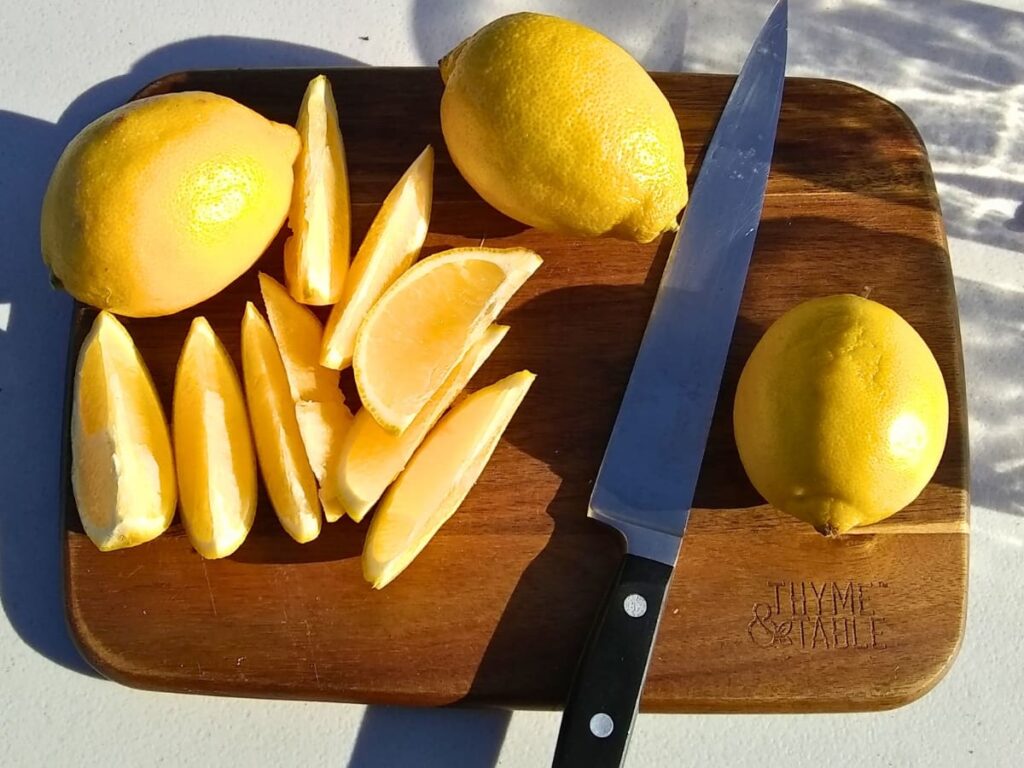
Wash your lemons and cut off any questionable spots. Cut each lemon into about 8 wedges.
02. Add Salt

For each lemon plan to use about a tablespoon of salt. Sprinkle a little into the bottom of your Pint or quart jar and layer one row of Lemon slices on it. Sprinkle with salt and add another layer and so on. You’ll be using about ¼ cup of salt for 4 large lemons in a pint.
If you’re doing this with limes, I’d just add 2 teaspoons of salt per lime, since they are smaller normally.
That’s quite a bit of salt and should be plenty to preserve your lemons. The salt will coax out the lemon juice to make the brine, it will help preserve the lemons and it will soften the skins. And it will give the lemons the proper flavor and texture.

Another method that is actually far more common, is to cut off the stem end and then to cut the lemons crosswise from the tip to the stem end with out cutting through. The salt is then sprinkled inside of the cut lemon and around the outside too. They are then placed into the jar. You might need to add brine if there isn’t enough to cover the lemons by the next day.
I prefer to make wedges. It is easier to take a slice or wedge out when I need it, and it juices up readily with it’s own juice, so there is no need to add brine.
03. Pack your jar

Fill your jar to the top and then press down on it firmly to compress the lemon slices. Finish with a layer of salt. After pressing down on it, the lemons should be about an inch from the top of the jar.
04. Finish and Ferment

Place a fermentation weight or other heavy object that fits, is food-safe and non-corrosive. Press down on it to compress the lemon slices some more and to get some more juice to form.

Screw a fermentation lid on your jar, or use any other lid, and put it away to ferment.
Important:

Check on it after 24 hours to make sure that there is enough brine to cover the lemons. If for some reason your lemons didn’t produce enough juice on their own, add a little bit of brine (1 tbsp salt per pint of filtered water, as outlined in the first method).
Maintenance and Storage for all methods:
During the next month, keep a casual eye on your preserved lemons. Check if you see some bubbles in a few days and if you do, that’s great! If you didn’t use a fermentation lid, just check if the lid bulges and burp it once every day or two. (Unscrew just enough to let the pressure escape and tighten it right back up again).
You can use your lemons anytime, but the full fermentation is not complete till at least 3-4 weeks of fermenting. So try to be patient. At this point, replace your fermentation lid with a regular lid. Now you can refrigerate it, but it is not required. Just find a coolish spot somewhere in your kitchen and keep it there till it’s used up.

For the best results, age your lemon confit about two more months. During that time it will reach it’s best flavor and texture. This is when it will develop that signature preserved lemon flavor that everyone is raving about.
Make Lemon Paste From Fermented Lemons Or Lemon Confit

Once your lemons are cured, you can easily turn them into a convenient lemon paste, that can be added to salad dressings, smoothies, sauces and more. It works for both versions of preserved lemon, but it will be most flavorful if you use the sliced and salted lemon confit, since there was no water added.
For the most intense flavor and best consistency, use only the peels. Save the pulp for other uses (soups, marinades etc.)

Take some of your lemons and blend them in a blender or food processor till smooth. Pour this into a jar and seal it. Then just keep it in your refrigerator for as long as you like, where it will keep for a year or more.
What to do with the Flesh and Brine:
Many people apparently throw away the flesh. I’m not sure why, it has the same great flavor as the rind. However, it does not have as pleasant a mouthfeel. Traditionally the rind is the part used in dishes, either finely sliced, or chopped.

But you can use the flesh tossed into stews to flavor them or mash them with the rinds to make a paste that will be a bit more runny. You can also add them to any blended recipes like vinaigrettes or dips. Then just whirl them up with the rest of the ingredients.
And don’t forget the flavorful brine, which would be great in marinades and soups.
Uses for Preserved Lemon confit:
And now the fun part. Start using your lemons. The brined lemons will not be as tart as fresh lemons, but they will be full of lemon flavors such as what you find in lemon zest, with a bit of bitterness from the pith and a bit of tanginess from the juice. It smells like a wonderful lemon perfume.
Fermented lemons take on a whole new flavor profile of their own, that is hard to describe. You will certainly taste the lemon but it has extra notes and the lemon flavor is intensified. It is often regarded as having a umami flavor.
In traditional recipes of Morocco and the Middle East, the peels of preserved lemons are finely sliced, chopped, or made into a paste. These are then used in many traditional dishes but they also lend themselves to experimenting. Here are a few links to recipes that use lemon paste. 34 uses for Lemon Paste, 15 preserved lemon recipes and Moroccan recipes for preserved lemon.
You can make lemonade with the paste and some honey. And I don’t find that it tastes salty. In fact if you add it to water with some apple cider vinegar, a bit of ginger and honey, I think it would make a great hydration drink for summer because of the traces of salt in it.
Try some lemon paste in a fizzy, probiotic, brewed lemonade for more depth of flavor. Just a small amount will really kick it up a notch.
And try these delicios Lemon Tahini Cookies! They are healthy spice cookies with preserved lemon and honey. These spicy cookies are radical, especially if you love bold, complex flavors and healthy treats.
Use a generous amount of preserved lemon paste in Lemon Blueberry Cheesecake Bars. It makes them bright, tangy, fruity, and delicious!
Use the preserved lemon in any dishes that call for lemon and any that don’t. It will lend a interesting and intense note to your meals. I found one chicken recipe that calls for preserved lemon blended with butter. I have not made it before, but it sounds delicious and I thought I’ll link to it. Let me know in the comments if you try this.
Try preserved lemon in pasta dishes, salad dressings, sauces, soups, casseroles, marinades, a martini, in couscous salad, roasted fish, aioli, pesto, creamy dressings or vegetable sauces, dips, roasted meat or chicken, rice pilaf, tahini, smoothies, or juices.
It can even be used in baking, but you might want to hold off on any extra salt that your recipe calls for. I’m thinking lemon cheesecake, yes? Or lemon pound cake with lemon frosting?
Enjoy your Lemon Confit!
This was so easy and now you can have lemons or limes all year round and you’ll have a super delicious condiment that will surpass plain lemons in usefulness and flavor. Use your lemon confit or fermented lemons in your favorite dishes that call for lemon and add it to any other ones that need some pizazz and some brightening of flavor too.
Let me know how yours turned out and what you are using it for! And please ask if you have any questions about lemon confit in the comments below.
Get notified whenever I post more recipes, homesteading tips, growing your own food, harvesting, preserving and so much more. Sign up today for Food For Life Garden News!
More like this
Probiotic Fermented Lemonade Soda -A refreshing fizzy soda that will cool you down on hot days and support your gut health!
Lemon Tahini Cookies – Delicious, healthy spice cookies with preserved lemon and honey. These spicy cookies are radical, especially if you love bold, complex flavors and healthy treats.
Lemon Blueberry Cheesecake Bars – Creamy lemon blueberry cheesecake bars with a buttery crust are bright, tangy, easy, and perfect for summer gatherings, or any sweet cravings!
Fermented vegetables – Fermenting 101 – How to ferment your summer’s bounty to enjoy it all year long and with the added benefit of improving your gut health with probiotics. Learn the basic skill of fermenting any kinds of vegetables, learn about the benefits of fermentation and get the science behind it too.
Fermented Ginger Paste – A convenient way to have ginger on hand when you need some, either as seasoning in cooking or baking, or to use this powerful ally in your daily health routine.
Fermented Turmeric Paste – Make this convenient fresh turmeric paste for your wellness and as a convenient seasoning for your curries and other foods. Turmeric has so many benefits, find out all about it and why fermenting it makes it even better.
Fermented Garlic – Lacto-fermented garlic paste is kind of a special food. It’s the ultimate convenience food and health supplement. But besides that, it gets better as it ages. Just like a fine wine.
Fermented Onions – Keep some onions ready to use on Sandwiches or to put on your salads. Zesty or plain, onions taste great when fermented, and you’ll get the benefits of probiotics.
Fermented Chili Paste – Here is a great way to preserve your end-of-the season harvest of green peppers. This paste will last all year in your refrigerator to use as a condiment, seasoning, or topping.
Fermented Basil Paste – Keep a jar of this in your refrigerator all year, to season your italian dishes. Preserve not only the herb, but also its aroma and pungent basil flavor. It’s one of my favorite ways to preserve basil.
Fermented Hot Sauce With Cantaloupe – How to make a delicious fermented hot sauce that is great with meat, fish, eggs and on sandwiches. What a great way to use some cantaloupe and spicy peppers.

Lemon Confit – Preserved Lemons With Intense Flavor
Equipment
- A Glass Jar – I use either a Mason jar or flip top jar. This is where you’ll ferment your lemons.
- Fermentation weight – A glass fermentation weight keeps all ingredients beneath the brine surface.
- Fermentation Lid – Or 2-piece mason jar lid. I use a fermentation top or airlock for fermenting anything.
- Blender or Food processor – Optional for making preserved lemon paste. Use a blender or Vitamix for a smooth blend, or you can more coarsely chop the ingredients with a food processor
- Wide mouth funnel – A wide mouth funnel is optional, but helpful for making lemon paste.
Ingredients
- Lemons or Limes – Try to find organic lemons, since you'll be leaving the skin on. If you can't find organic lemons where you live, you can get them at Azure Standard.
- Salt – I recommend Redmond’s Real Salt or Himalayan pink salt. You can also use unrefined sea salt or Kosher sea salt. . Avoid table salt or any salt with anti-caking agents or other additives.
- Filtered water for brine fermenting – Avoid municipal chlorinated water.
- Optional Spices – I like to ferment my lemons just plain so they will match any dish that I am going to use it for, but if you're going for a specific flavor direction, you can add bay leaves, chili peppers, cinnamon sticks, cardamom, thyme, or peppercorns for example.
Instructions
Fermented Whole Lemons
- This is the easiest and quickest way to put up a bunch of extra lemons and limes. This is what I do when I'm busy, because it gets done and I don't find myself putting it off for a less busy day and then forgetting about it.
- Prep the FruitWash your lemons. Use organic fruit to avoid getting the toxic preservatives, fungicides and preservatives that are on the skins of regular commercial lemons. Their purpose is to kill the bacteria we need to encourage proper fermentation. This can result in failure, and it's bad for you too.
- Fill the jarPress the fruits into your jar as tight as possible to fit as many as possible. With limes, I can fit a lot of them into a regular quart jar, but for lemons I use at least a half gallon size and if the lemons are large, I can fit about 6.
- Prepare the brineI used a simple basic brine with 2 tbsp of salt per quart of water. You'll need at least that much for a half gallon jar if you used lemons. With limes there will be less space to fill and it will take less.
- Finish and FermentPour the brine over the lemons to within 1 inch of the top. Place a weight on it to keep the lemons submerged and close the jar with a fermentation lid. Set it in a space where the temperature is around 70℉. (Within 65℉ and 80℉ is usually fine). Keep it out of direct sunlight and place a plate under it in case the liquid oozes out during fermentation. Now continue with Maintenance and Storage below.
Lemon Confit
- This method uses no brine. Instead we use only salt to coax the juices from the lemons and that will make it's own, more concentrated brine.
- Prepare your lemonsWash your lemons and cut off any questionable spots. Cut each lemon into about 8 wedges.
- Add SaltPer each lemon, use about 1 tbsp of salt. Sprinkle a little into the bottom of your Pint or quart jar and layer one row of lemon slices on it. Sprinkle with salt and add another layer and so on. You'll be using about ¼ cup of salt for 4 large lemons in a quart jar. (If you're using limes I'd use about 2 tsp for each)That's quite a bit of salt and should be plenty to preserve your lemons, but most of all, it will give your lemons their signature flavor and consistency, so don't skimp on it. The salt will coax out the lemon juice to make the brine, it will help preserve the lemons and it will soften the skins.Another method that is actually far more common, is to cut off the stem end and then to cut the lemons crosswise from the tip to the stem end without cutting through. The salt is then sprinkled inside of the cut lemon and around the outside too. They are then placed into the jar. You might need to add brine if there isn't enough to cover the lemons by the next day.I prefer the sliced method. It is easier to take a slice out when I need it, and it juices up readily with it's own juice, no need to add brine.
- Pack your jarFill your jar to the top and then press down on the lemons firmly to compress them. I used my fermentation weight as a press. Finish with a layer of salt.
- Finish and FermentPlace a fermentation weight or other heavy object that fits, is food-safe and non-corrosive. Screw a fermentation lid on your jar or any other lid and put it away to ferment.
- Important:Check on it after 24 hours to make sure that there is enough brine to cover the lemons. If for some reason your lemons didn't produce enough, add a little bit of brine (1 tbsp salt per pint of filtered water, as outlined in the first method).
Maintenance and Storage for all methods:
- During the next month, keep a casual eye on it, check if you see some bubbles in a few days and if you do, that's great! If you didn't use a fermentation lid, just check if the lid bulges and burp it once every day or two. (Unscrew just enough to let the pressure escape and tighten it right back up again).You can start using your lemons anytime, but the full fermentation is not complete till at least 3-4 weeks of fermenting. At this point, replace your fermentation lid with a regular lid. Now you can refrigerate it, but it is not required. Just find a coolish spot out of direct sunlight, somewhere in your kitchen and keep it there till it's used up.For the best results, if you're making lemon confit and are going to use it in gourmet cooking, age it for about two more months. During that time it will develop it's best flavor and consistency. This is when it will develop that signature preserved lemon flavor that everyone is raving about.
Notes
Make Lemon Paste
Once your lemons are cured, you can easily turn them into a convenient lemon paste, that can be added to salad dressings, smoothies, sauces and more. It works for both versions of preserved lemon, but it will be most flavorful if you use the sliced and salted version, since there was no water added. For the most intense flavor, use only the peels. Save the pulp for other uses (soups, marinades, blended dips etc.) Take some of your lemons and blend them in a blender or food processor till smooth. Pour this into a jar and seal it. Then just keep it in your refrigerator for as long as you like, where it will keep for a year or more.Uses
Use the preserved lemon in any dishes that call for lemon and any that don’t. It will lend an interesting and intense note to your meals. Try preserved lemon confit in pasta dishes, salad dressings, sauces, soups, casseroles, marinades, a martini, in couscous salad, roasted fish, aioli, pesto, hollandaise or bechamel, dips, roasted meat or chicken, rice pilaf, tahini, smoothies, or juices. It can even be used in baking, but you might not want to add extra salt. I’m thinking lemon cheesecake, yes? Or lemon pound cake with lemon frosting?Enjoy your Preserved Lemon Confit!
This was so easy and now you can have lemons or limes all year round and you’ll have a super delicious condiment that will surpass plain lemons in usefulness and flavor. Use your lemon confit or fermented lemons in your favorite dishes that call for lemon and add it to any other ones that need some pizazz and some brightening of flavor.Pin for later!

Shop This Post
Wide mouth funnel
Blender
Vitamix
Manual chopper
Electric food processor
Berkey water filter
Tagine pot
Fermentation tops
Airlocks
Redmond’s Real Salt
Himalayan pink salt
Celtic sea salt
Bormioli Fido Jar
Glass weights
Ceramic weights
Acacia wood tamper
Azure Standard – get organic ingredients here
[pt_view id=”1f957233lv”]

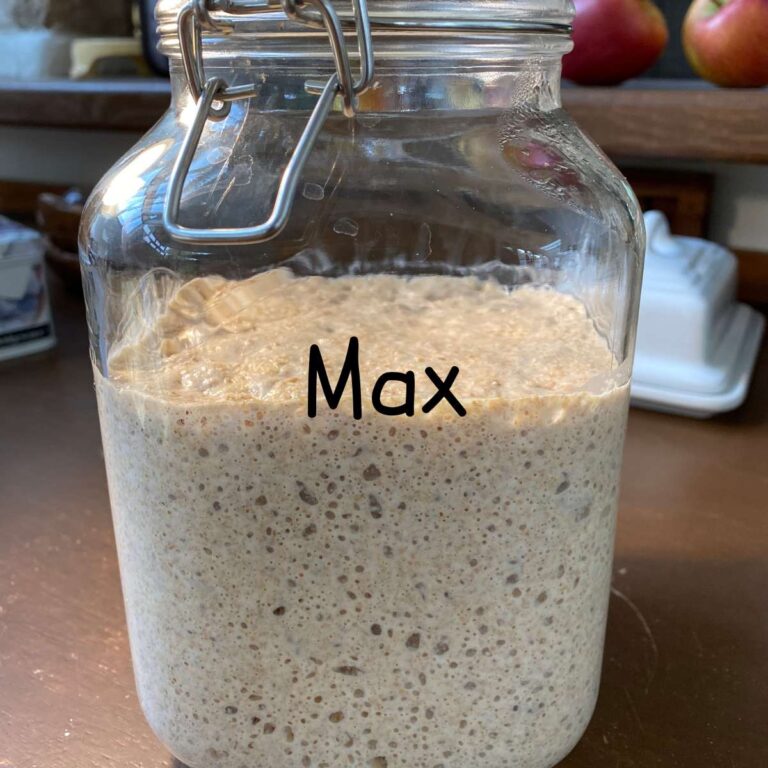
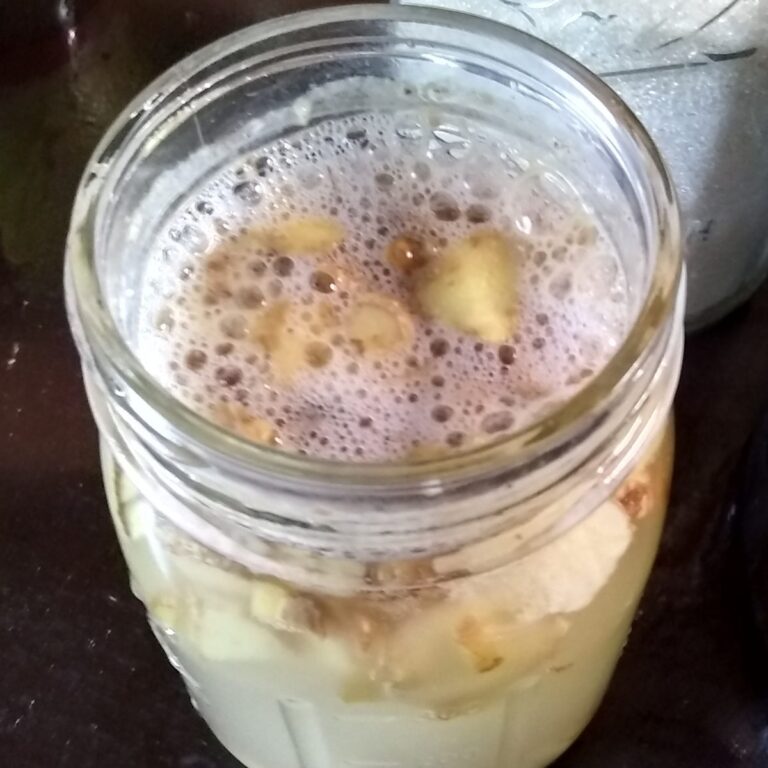
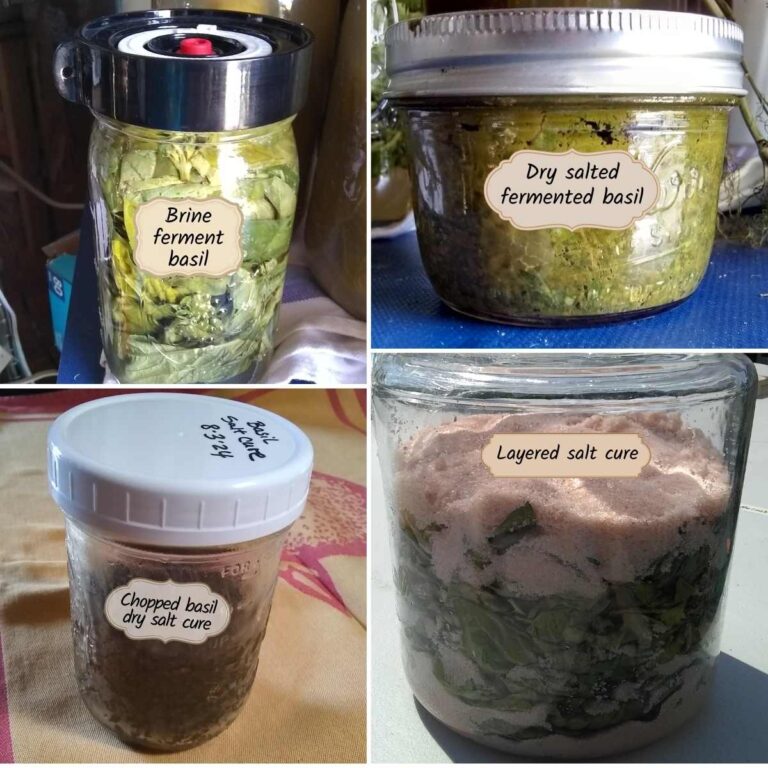
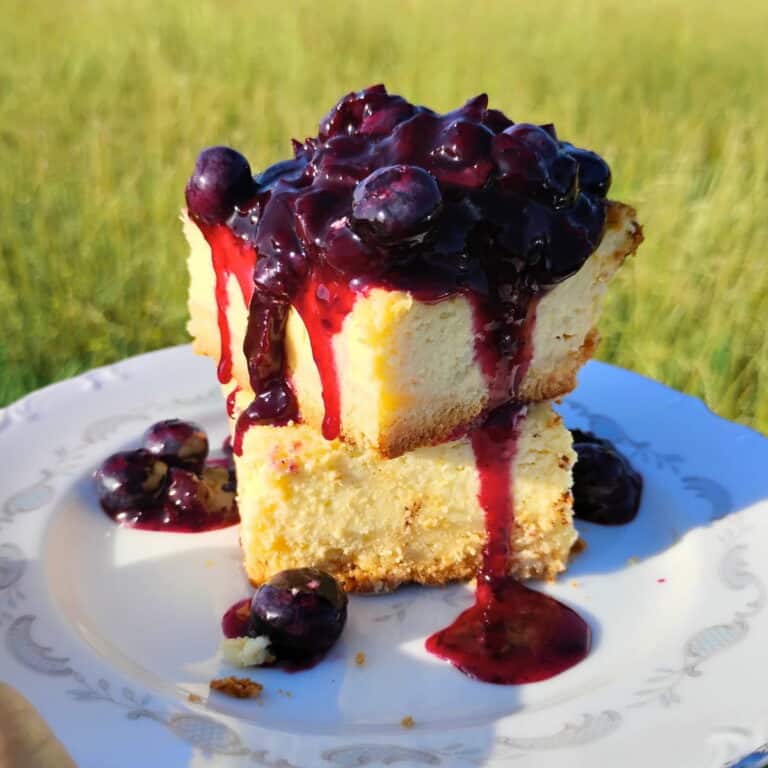
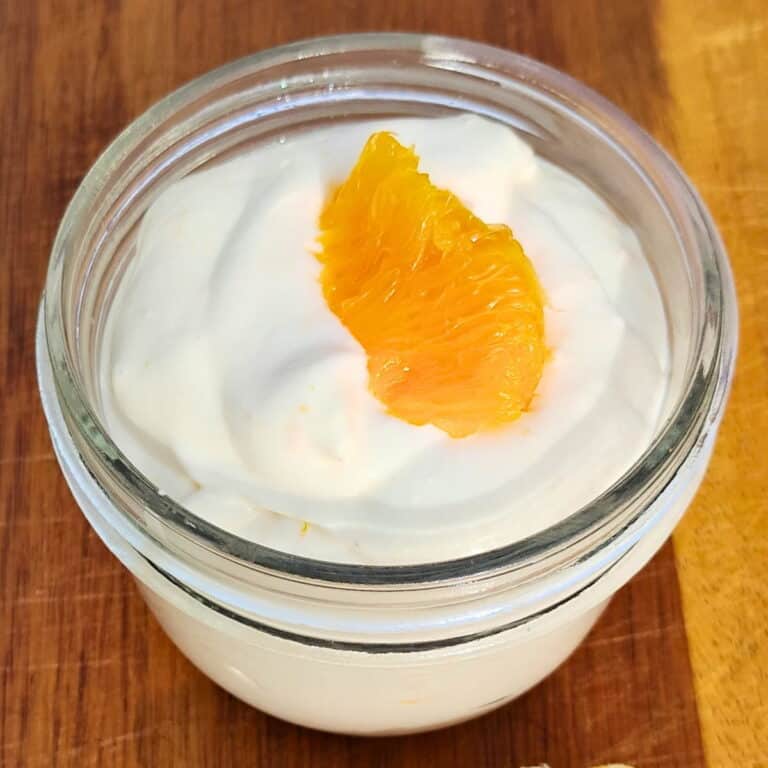
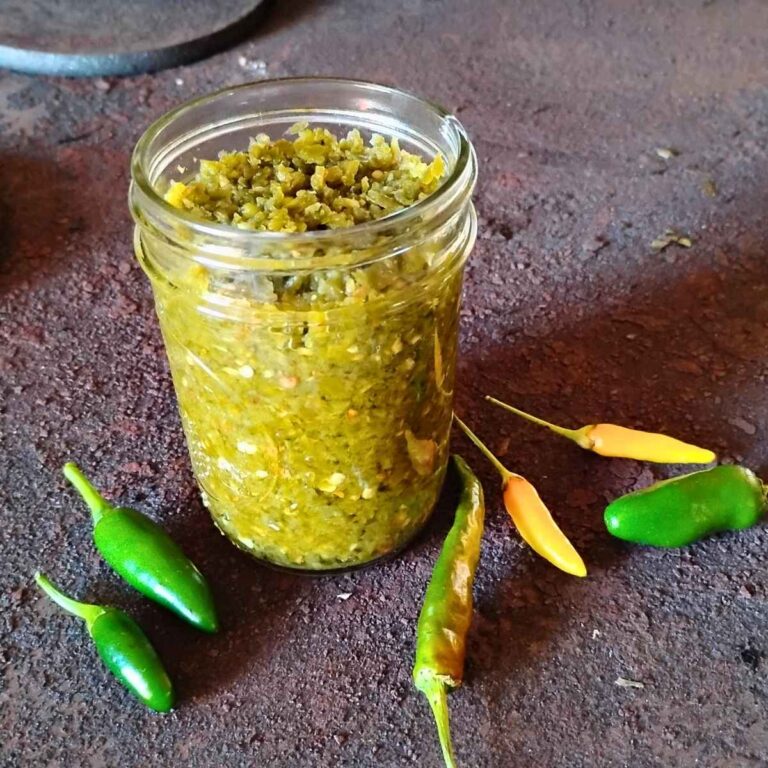
This looks so fun and delicious! I can’t wait to try it this year.
Thanks for for commenting Ashleigh! Have fun trying!
Wow! I’m amazed at how many preservation techniques and healthy food ideas you have here! This blog is such a wealth of information!
Thanks so much for saying so! I’ve fascinated with all these old-fashioned ways since I can remember!
This process seems fairly easy and a great way to have the fresh lemon flavor year round! Saving this to use later on this year!!
Wow! I learned so much reading this post! Thanks for sharing all the info. I definitely want to try this sometime.
Thanks so much for the comment, Annie. And you’re welcome! I’m sure you’ll love it!
Hi Sarah! Thanks so much for stopping by my page and commenting! It is really easy, I think you’ll love it!
Seriously every post I read of yours is so exciting to me. I’ve never heard of fermenting lemons. But it’s definitely on my to try list now! I love trying new things to ferment. I can’t wait.
Thanks you for the kind words! I appreciate that so much! And I think you’ll love fermented lemons! I’d love to get your opinion when you go to try it!
I’ve never thought about fermenting lemons or limes, but after reading this I’m going to have to give it a try! It seems simple and such a good way to preserve them while increasing their health benefits. Thanks for sharing this!
Hey Chris, thanks for commenting! I think you’ll love this preserved lemon. If you try it, I’d love to hear how you like it!
This is so interesting! Definitely could be handy to have preserved lemons on hand.
Hey Rachel, thanks for visiting. I love to have my preserved lemons. My favorite is the lemon paste. It’s so easy to put a spoonful into a lemon dish and it gives it a super awesome flavor. Cookies, drinks, savory dishes with lemons are all a little more special this way. And it’s convenient.